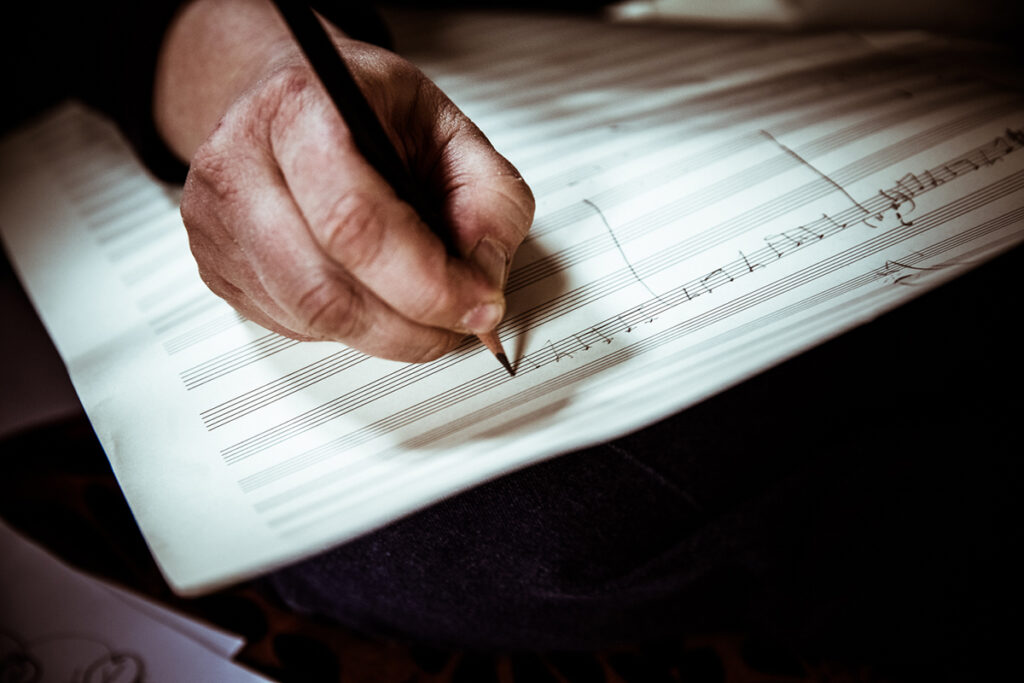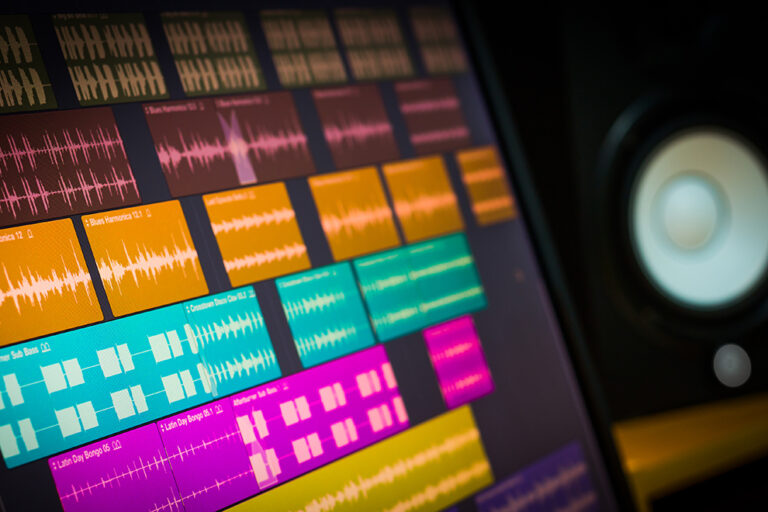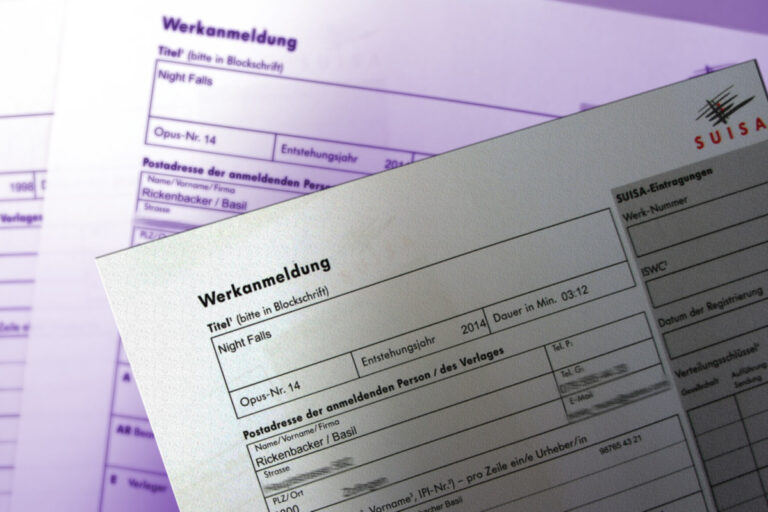Seeking inspiration from others, arranging existing works for different instrumentation, incorporating all or part of existing compositions into new works … these are age-old practices.
What pitfalls have to be avoided when you undertake a musical arrangement? – In a new series of articles to be published on the SUISAblog and in SUISAinfo, we shall try to shed some light on this topic. Initially, we shall examine the arrangement of works in the public domain, i.e. works that are no longer protected by copyright since their authors have been dead for more than 70 years.
What is an arrangement?
According to the Copyright Act, an arrangement is a “derived” (in German, literally, a “second-hand”) work. For an arrangement to qualify for copyright protection, it must satisfy the same requirements as a “work”, in other words: arrangements which are deemed artistic creations of the mind of the arranger are protected by copyright in the same way as an autonomous work. In the case of an arrangement, the artistic creation consists in the recognisable transformation, changing, or extension, of the musical substance of an existing work.
An arrangement is when a new work is created using an existing work in such a way that the latter remains recognisable with its individual character. The newly created element must, however, also have an individual character. Typical examples of arrangements are works orchestrated for different instruments, or lyrics translated into another language.
SUISA’s Distribution Rules (in German) have a section (1.1.3.5) that lists a whole series of works that do not qualify as arrangements for copyright protection purposes. In practice, this list has proven itself repeatedly. The following modifications do not qualify as arrangements:
- adding dynamic or agogic accents;
- adding musical phrasing symbols;
- entering finger positions (fingering);
- registrations for organs or other keyboard instruments;
- flourishes;
- translating an old musical notation style into a style in use today;
- correcting clerical mistakes in the original and similar changes;
- transferring music into other keys or pitches (transpositions);
- editing out individual voices;
- exchanging or doubling voices;
- adding purely parallel voices;
- allocating existing voices to other instruments (simple transcription).
Arranging works in the public domain and registering them with SUISA
Musical works which are not protected by copyright can be freely arranged and altered – no consent is necessary. To register an arrangement of a work in the public domain, you must send SUISA a copy of the new work together with the existing work, so that the music department can establish copyrightability. This applies to works whose authors are unknown or have been dead for at least 70 years. This also applies to works that have been handed down by folklore and are considered traditional.
When it receives an arrangement, SUISA’s music department verifies whether it satisfies the criteria for protection by copyright. This is always done by comparing the original to the arranged version. The musical quality of the submitted piece or movement is unimportant at this stage.
What types of arrangements are there, and what is the arranger’s share of the remuneration?
In its appreciation, SUISA distinguishes between the five following types of arrangement:

1. Normal arrangement
The “normal” case (representing about 90% of all applications) is an arrangement in the strict sense of the word. A popular melody is arranged by adding voices or instruments for a specific ensemble or group (e.g. mixed choir, string quartet, orchestra, Big Band, etc.). The melody or main voice is taken over exactly, only the arrangement is new.
In this case, the arranger’s share is 15% (for works with lyrics) or 20% (works without lyrics).

2. Co-composition
Here the unprotected melody is not the upper voice; it is hidden in the musical structure. In this particular case (e.g. choir and organ music), the arranger’s work is of higher value since he has to compose his own upper or main voice and the existing music has to be embedded into the piece with a contrapuntal technique.
The arranger’s share in this type of work is 50% of the composer’s share.

3. Reconstruction
An original work is interrupted in one or several places, or left unfinished by the composer (or lost in handing down), and is then finished by the arranger.
The arranger’s share in this case is 50% of the composer’s share.

4. Complex jazz versions with changing soloists
The piece starts with a short presentation of the unprotected original melody. Then, a succession of soloists or “registers” (saxophone, trumpets, piano, drums) take up the melody with improvised figurations; these make up the greater portion of the work. Visually this is illustrated by the fact that the individual soloists or “registers” stand up for their solos. At the end, the original melody is often repeated all together.
In this type of work, the arranger’s share is 50% or 100% of the composer’s share, depending on the length and importance of the solos.

5. Sets of variations
Variations on historic musical themes (e.g. Diabelli, Paganini or Gershwin variations) are typical examples of compositions where the original takes backstage to the variation. The starting theme is merely a pretext for a completely new work. It follows, therefore, that the creator of the variation is entitled to the full remuneration. For example: “Diabelli variations by Beethoven” etc.
The arranger’s share in this type of work can be up to 100% of the composerʼs share.

| What does public domain (“domaine public”) mean? For further information on the protection period for works we refer you to the article “Erstmals seit 20 Jahren werden wieder Werke gemeinfrei” (article available in German, French and Italian, PDF) in the SUISAinfo edition. |





Si je souhaite reconstruire une musique au piano d’un jeu sur mobile(Miracle Nikki), jouer le début et modifier la fin, il faut que j’obtienne les droits d’auteur auprès du compositeur ?